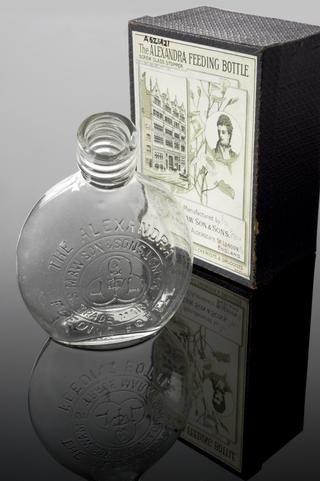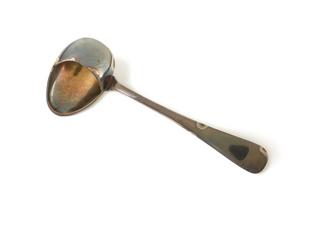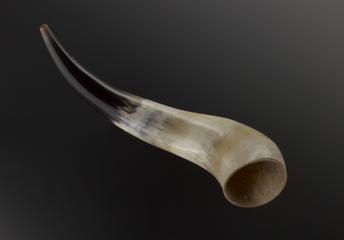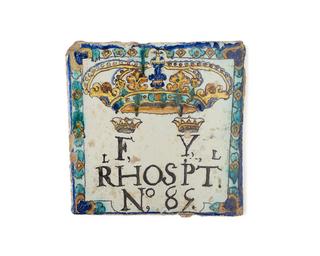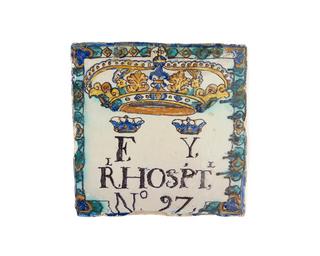
Copper stomach warmer
- maker:
- Allen and Son










Copper stomach warmer, by Allen and Son, London, England, 1851-1900
The use of heat for treating stomach pain is a household is a popular treatment when it comes to pain relief as heat helps stomach muscles relax. A stomach warmer, as its name suggests, is made specifically for the stomach which is why it has been made with a concave shape. The idea of a hot water bottle date back to at least the 1500s, though these were made of different materials such as stoneware, brass, copper, and glass. Metallic materials were great conductors of heat, but users could easily scald themselves if the stomach warmer was not wrapped in fabric, which is why they were replaced by natural rubber ones following Charles Goodyear's invention of vulcanised rubber in the 1830s.
Details
- Category:
- Nursing & Hospital Furnishings
- Collection:
- Sir Henry Wellcome's Museum Collection
- Object Number:
- A180929
- Measurements:
-
overall: 250 mm x 290 mm x 62 mm,
- type:
- stomach warmers
- credit:
- Wellcome Trust (Purchased from Stevens)
